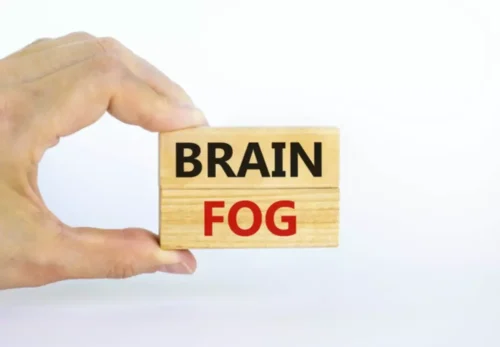
Discover the impact alcohol has on children living with a parent or caregiver with alcohol use disorder. Find out how many people have alcohol use disorder in the United States across age groups and demographics. While alcoholism is a serious and life-threatening condition, there is hope for you or your loved one.
- You and your community can take steps to improve everyone’s health and quality of life.
- Whether you’re personally facing alcohol challenges or worried about a loved one, recognizing the scope of the problem is a crucial first step toward recovery.
- Alcohol abuse statistics indicate some inequalities may be due to social conditioning.
- Alaska has the nation’s second-highest number of alcohol-related deaths per capita.
- Alcohol-related deaths in North Dakota are among the most likely to be due to chronic causes.
Risk factors for alcohol use disorders
Learn more about our alcohol use disorder treatment programs in the Los Angeles, California area. Clear Behavioral Health uses a wide variety of treatment modalities including group therapy, individual therapy, CBT, DBT, trauma-informed care, and other holistic therapy approaches. We offer yoga, breathwork, sound baths, and alternative therapies, including drama and art therapy, to engage you and teach skills necessary for long-term sobriety.
The health impact of alcohol

Alcohol-related deaths in Tennessee are much more likely to involve acute causes. The data produced by third parties and made available by Our World in Data is subject to the license terms from the original third-party authors. We will always indicate the original source of the data in our documentation, so you should always check the license of any such third-party data before use and redistribution. All visualizations, data, and Alcoholism Statistics code produced by Our World in Data are completely open access under the Creative Commons BY license. You have the permission to use, distribute, and reproduce these in any medium, provided the source and authors are credited.
Recognizing Alcoholism: Signs and Symptoms

Department of Health and Human Services since 2017, no similar declaration exists regarding alcohol deaths. However, HHS has set a priority goal of reducing emergency department visits for acute alcohol use, mental health conditions, suicide attempts, and drug overdoses by 10% by 2025. Rises in alcohol deaths =https://ecosoberhouse.com/ may be attributed to a variety of factors including, in part, increases in drinking and low treatment rates. Alcohol consumption and some indicators of binge drinking have been on the rise in recent years, particularly among some demographic groups. Excessive alcohol consumption is tied to the development of alcohol-related diseases, which can be fatal.
The comparison of this map with the previous maps makes clear that heavy drinking is not necessarily most common in the same countries where alcohol consumption is most common. The map shows heavy drinkers – those who had an episode of heavy drinking in the previous 30 days – as a share of total drinkers (i.e., those who have drunk less than one alcoholic drink in the last 12 months are excluded). Kennedy has also linked UPFs with a range of medical conditions including cancers in young adults and mental health conditions.

- Binge drinking is responsible for nearly 500 deaths in the US every day, making alcohol abuse the fifth-leading cause of preventable deaths in the US 1.
- Although those in lower income or educational status groups often drink less overall, they are more likely to have lower-frequency, higher-intensity drinking patterns.
- A person might use alcohol to reduce anxiety or numb feelings of sadness or hopelessness, but over time, too much alcohol can actually worsen these symptoms, leading to a vicious cycle of substance abuse.
- Other factors, such as increased stressors due to the pandemic and other issues may have increased drinking behaviors.
- Talk therapy includes cognitive-behavioral therapy (CBT) and motivational interviewing, while medications like acamprosate, disulfiram, naltrexone, and topiramate are used to manage withdrawal symptoms and reduce cravings.
While someone who binge drinks occasionally may engage in risky behaviors, the consequences can be relatively short-lived. When someone struggles with severe alcoholism, however, the addiction will negatively impact most facets of their life for a sustained period of time. A person who struggles with alcohol abuse might what is alcoholism be able to stop drinking for a significant period of time, with little to no withdrawal symptoms. However, someone who struggles with alcoholism will often have severe withdrawal symptoms, including tremors, shakiness, and even seizures 4. Alcohol use is a known risk factor for mortality, and the rates of alcohol-induced deaths have risen over the past several years (1).
